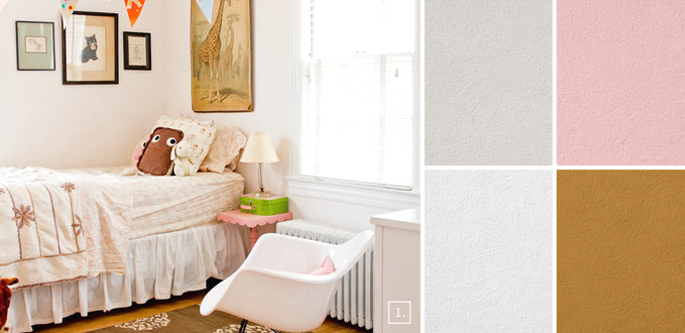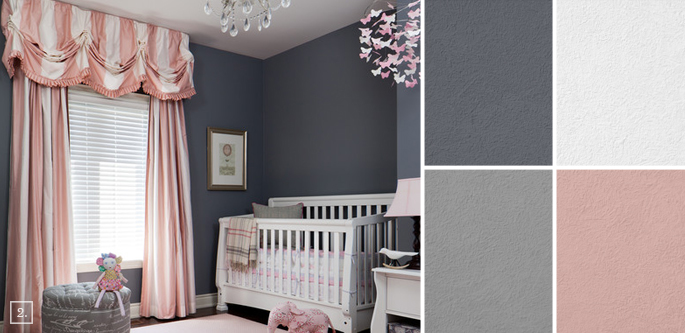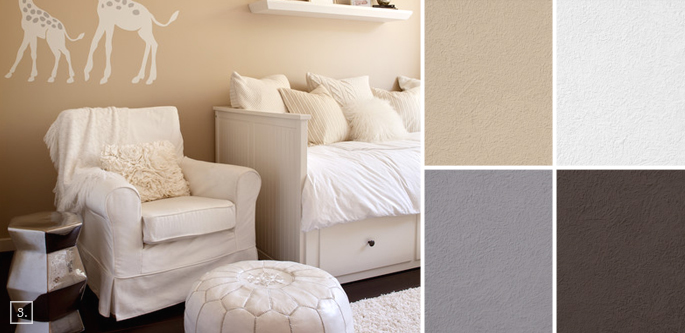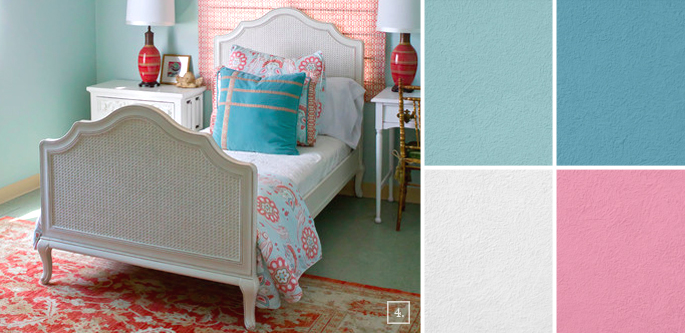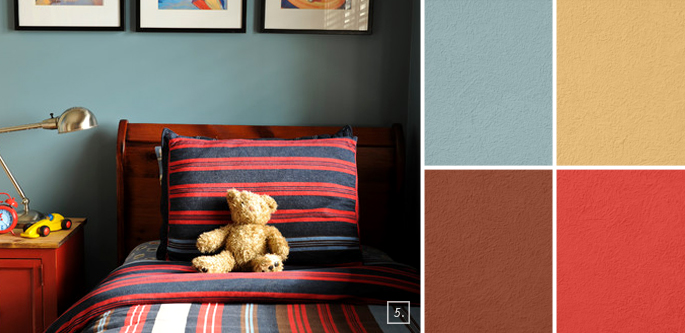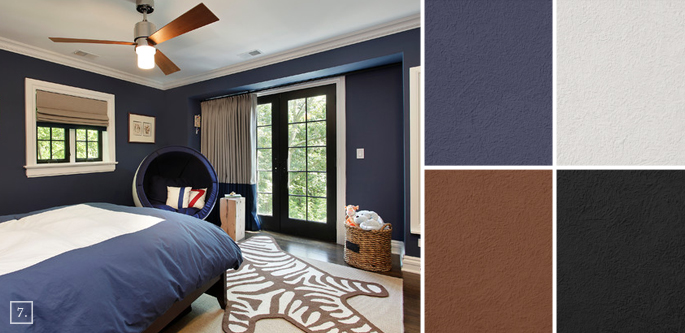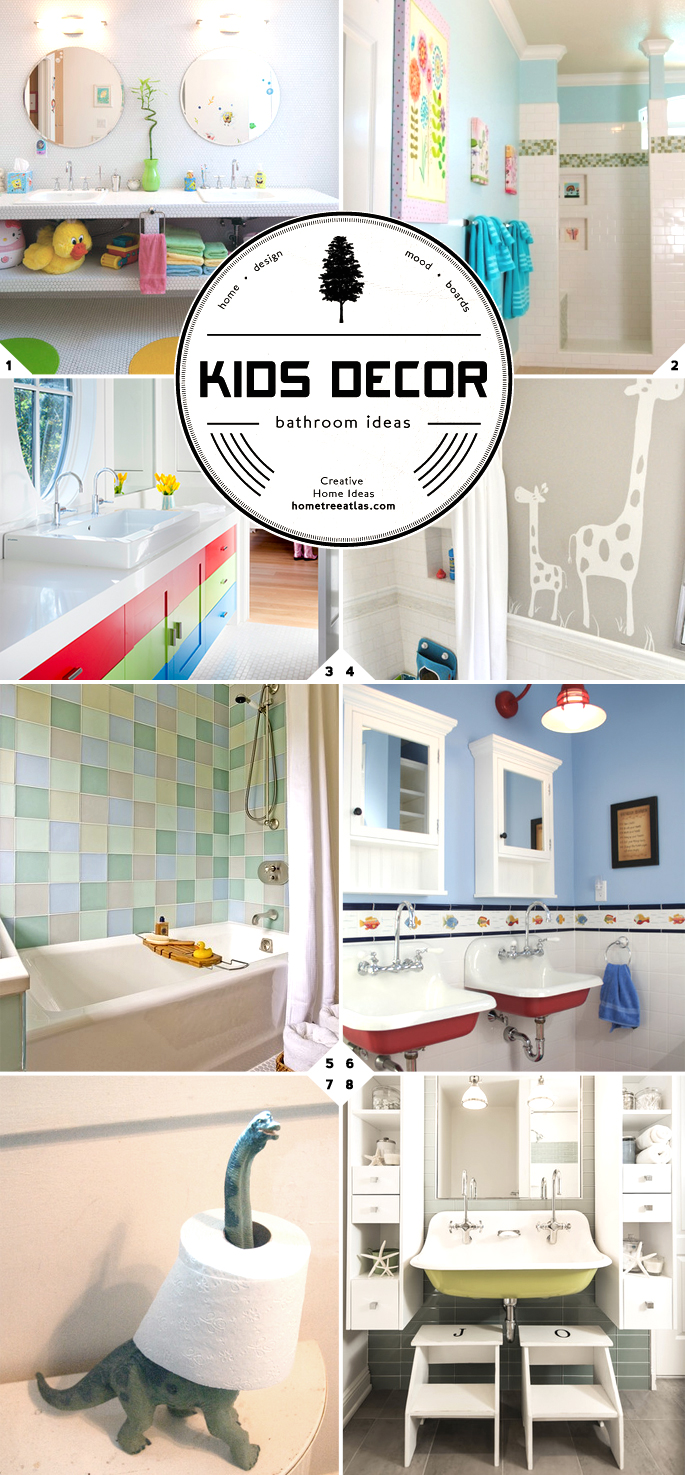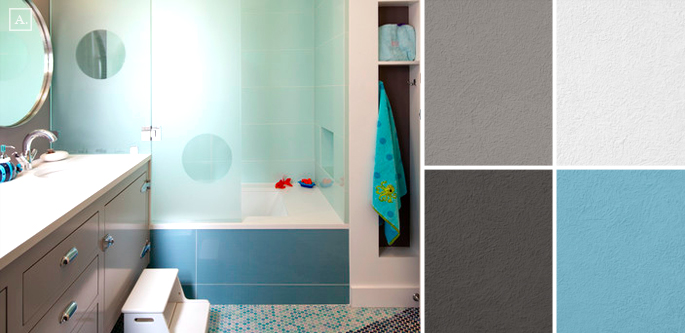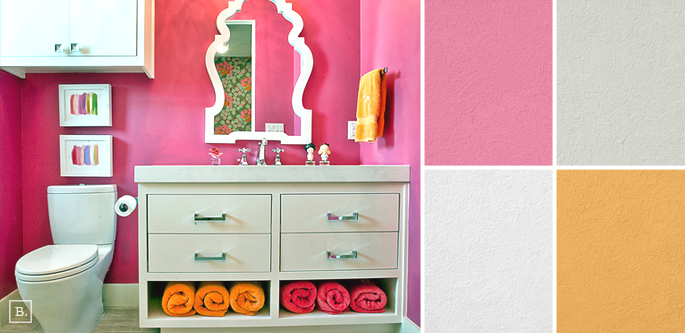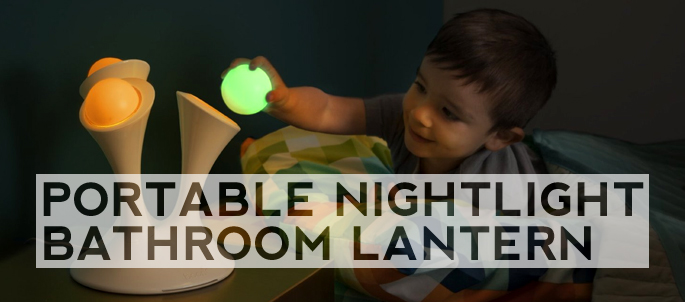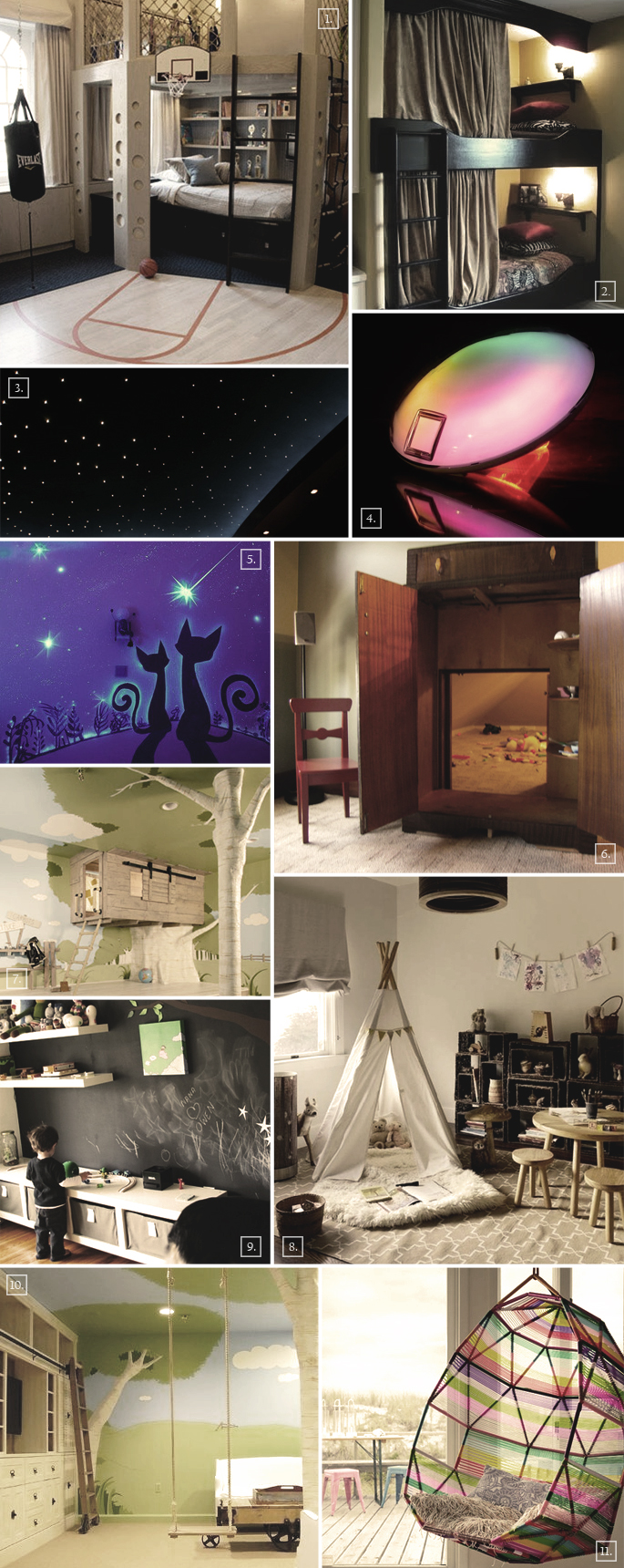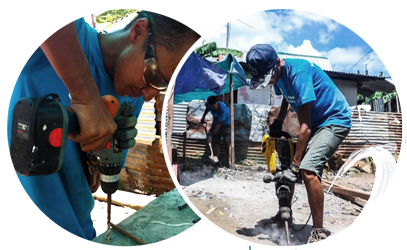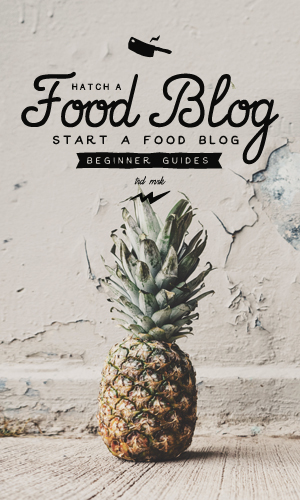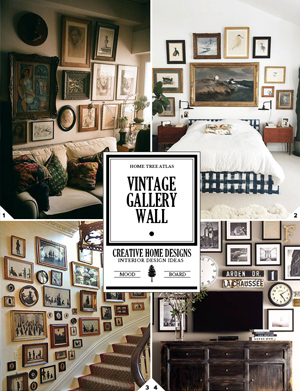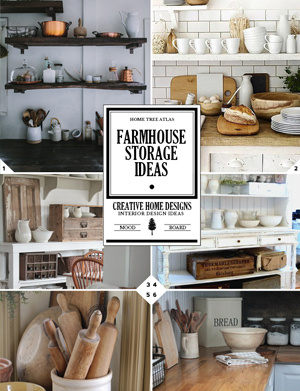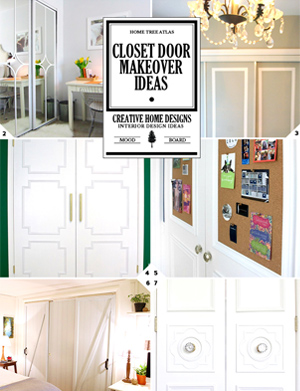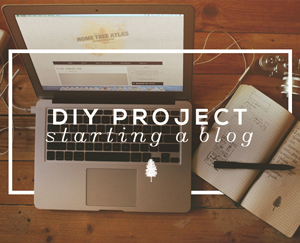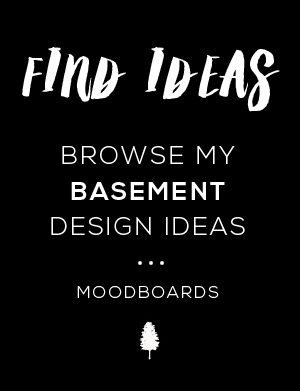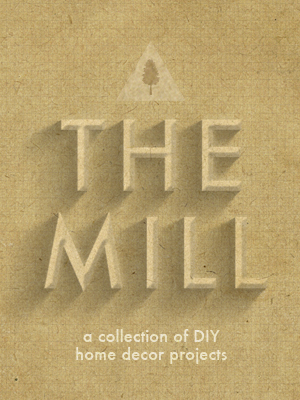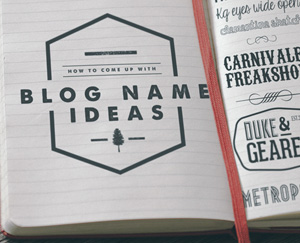
I recently read this infographic by Life Hacker on ‘how to raise happy kids’ which got my thinking, how can a home be turned into a space to foster a kid’s creativity. A lot of people talk about the importance of creativity in childhood development, and how important creativity is in modern jobs:
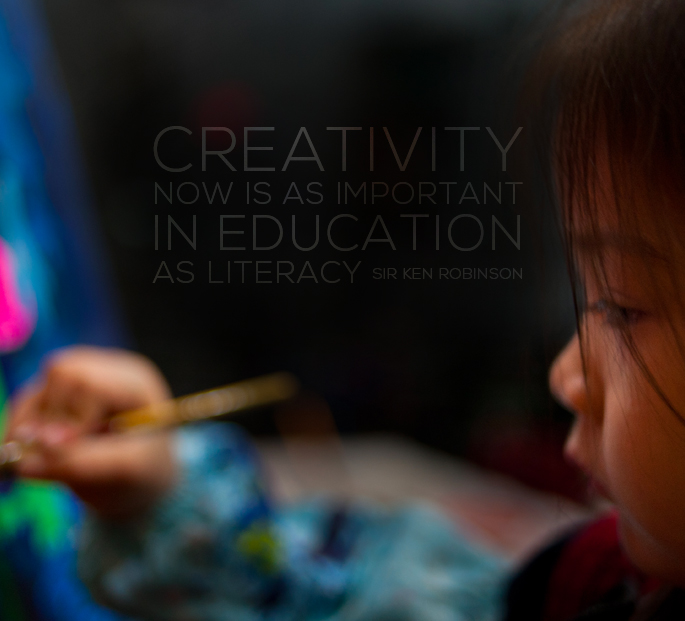
“Creativity now is as important in education as literacy”
Sir Ken Robinson: “How Schools Kill Creativity“

“Every child is an artist, the problem is staying an artist when you grow up”
Picasso
We know it is important for kids to be creative, but what can we do about it? What can parents do to foster a child’s creativity and imagination. There is a lot that can be done at home. It is tough to control what goes on outside the home – at school, or when your kids are with their friends. But at home you can create a safe place, an Imagination Space, for your child to think differently, to play, experiment, learn and grow. I think the home is one of the best places to foster a child’s creativity. The most important place for it.
A Play Space vs. A Living Space
If you look at the work spaces of visionaries in their early days, such as Steve Jobs, their desks were messy. Things pilled up. This chaos fuels creativity. BUT take a look at their homes. Steve Jobs lived very minimalist. All he had was a Tiffany lamp and a record player.
When it comes to playing, being creative, and letting your child use their imagination, there needs to be some patience and willpower to hold back on correcting them, telling them to be tidy and clean, and getting them to be organised. If your focus is on making sure your kids are tidy, that they’ve put all of their art supplies in the right place – this goes against nurturing their creativity. You are nurturing the other side of the brain, being logical and systematic. If you teach your kids they have to be clean, disciplined, and not messy when they are playing how will they explore, experiment, make mistakes?
Find a play space in your home where your kids can be messy, imaginative and have fun without worry. But when it comes to their living space, like their bedroom, this is where you can teach them about organisation and neatness.
When it comes to the playroom, use simple storage containers that lets them grab stuff and put it all back easily. Large boxes, a trunk, or buckets can be used to store art supplies. Don’t worry about it being orgnazied, color coded, and having everything put back in the right spot.
An Art Space
Art is a big part in a child’s development:
“Art helps children communicate their ideas. Children’s drawings are their first written communication years before they can read or write.”
“It helps enormously to prevent kids from depending on a TV or computer to entertain them. Kids who regularly use the TV or computer are more likely to feel bored than other kids”
It is important to have a space where a child can be artistic, but it is also important to encourage doing it on a weekly basis, as much as possible. Their art will let you know how they are feeling, and what they are thinking about. Art lets your child communicate. Being able to communicate well, and getting them to share their ideas builds confidence. So as important it is for them to be artistic and creative, ask them to talk about what they are creating.
A Place to be Messy/Imaginative
You can use the kitchen counter, dining table, or even the living room floor. But why not take it to another level.
You can carve out a small space in your home where the kids can get messy. A place where you won’t worry about the mess.
Some ideas of places around the house where the kids can get messy with art include:
- Maybe out in the garden. But you will want to make the art supplies easily accessible. So the kids can pick up markers and draw when they want.
- In the basement
- The space under the stairs can be converted into a mini playroom: The Space Under The Stairs: Ideas and Designs.
- The best place would be a dedicated playroom. This way you can have all of the art supplies out in the open for your kids to grab.
- I would advise against the kid’s bedroom. The bedroom is a place where you can teach them about discipline. Picking up clothes, keeping it tidy, etc. The art space needs to be free, fun, and messy. Maybe you could have a drawing table in the bedroom. And keep the supplies pretty straightforward – colouring pencils, markers, crayons. But you will want to create a space where the kids can really let out their imagination.
An art space needs to have some freedom to it. Just like Alisa’s studio space below. You don’t want to limit your child to much in what they can and can’t do – this will take away from their imagination and creativity. Where is a place in the house that you don’t mind the kids wreaking havoc?
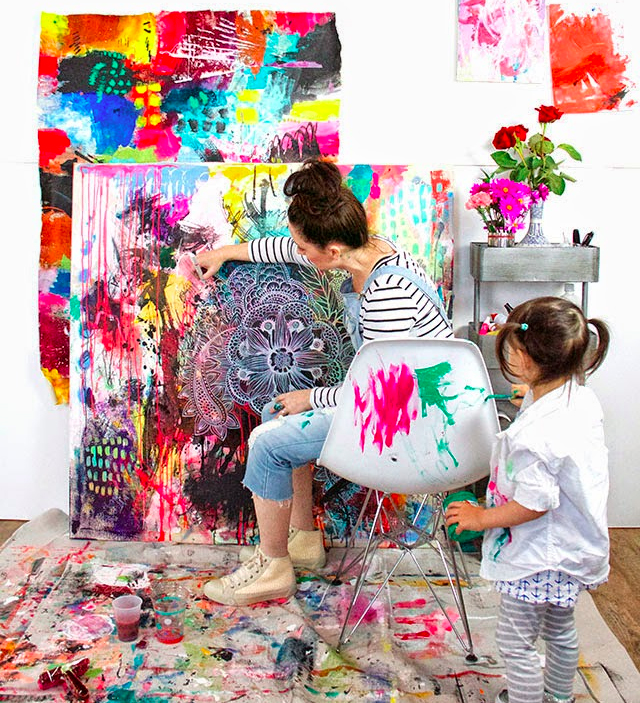
What Materials to Have in Your Art Space
Coloring books are good for developing motor skills, but it doesn’t help in letting kids be creative. Instead, get a roll of plain paper. Let your kids draw and paint whatever they want.
If you want your kids to be creative, then get creative with the art space. Ask yourself what can your kids paint or draw on: paper, walls, canvas, on the snow outside, or use chalk on driveway. Maybe they can use icing to draw on a cake or cupcake. How about using Sharpies to color in their own shoes, cups, or pillows (Home Decor Ideas: The Sharpie Touch). Don’t just stick to paper, let them explore all the possibilities – this will really help nurture their creativity.
A Lil Workshop
You can build on this art space idea by creating a little kids workshop. Creativity or coming up with ideas is really just about putting different things together – mixing and matching. With this in mind, have as many different materials as possible that your kids can use to build and create things with.
- Legos
- Playdoh
- Cardboard boxes
- Cardboard rolls
- Air drying clay
- Glue
- Building blocks
- Little Bits
What about old appliances? Gever Tulley, founder of Tinkering School, has a unique video titled 5 Dangerous Things you Should Let Your Kids Do. Some of the dangerous things include: giving them a pocket knife or letting them drive a car. Watch his video here to see the solid reasons behind letting kids do these things. In the video Gever also talks about letting kids play with old appliances. Letting them take the appliances apart, to see and figure out how things work.
The goal here is to create a little workshop where the kids can tinker, play, experiment, create and build.
An Imagination Space
Kids love having their own little hideaway space. Look at all the different ways they try to build one themselves: forts, treehouses. They will even want to camp out in the backyard. All to create their own fun, private space to enjoy their imagination. I call these Imagination Spaces.
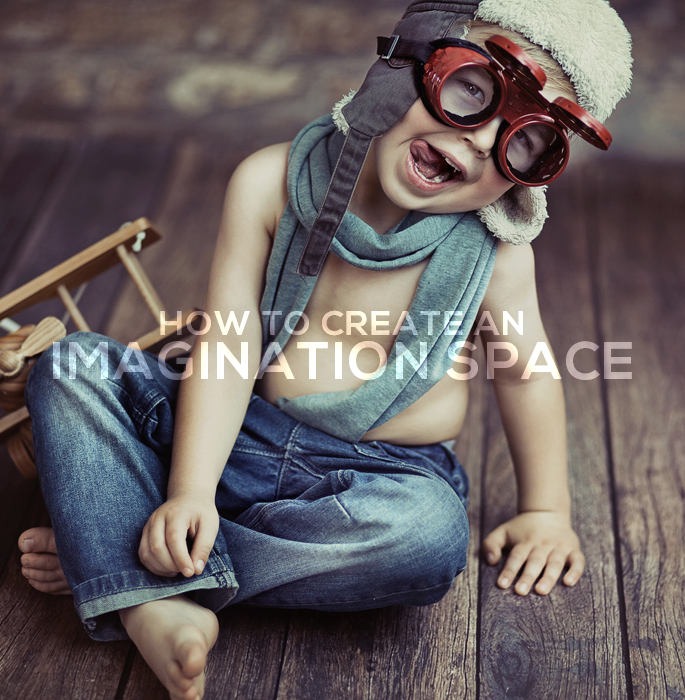
Some forms of imagination spaces include:
- Treehouses
- Forts using cardboard boxes/pillow/sheets
- Indoor teepees
- Tents
- Large cardboard boxes = space ship/fire truck/home office
- That space under the stairs/closets/under the table
- Curtaining off the bottom level of a bunk bed
Building a fort or an imagination space for your child is great. But how can you let them build their own? Having cardboard boxes around is one way. PVS piping and the joints is like one large Lego set.
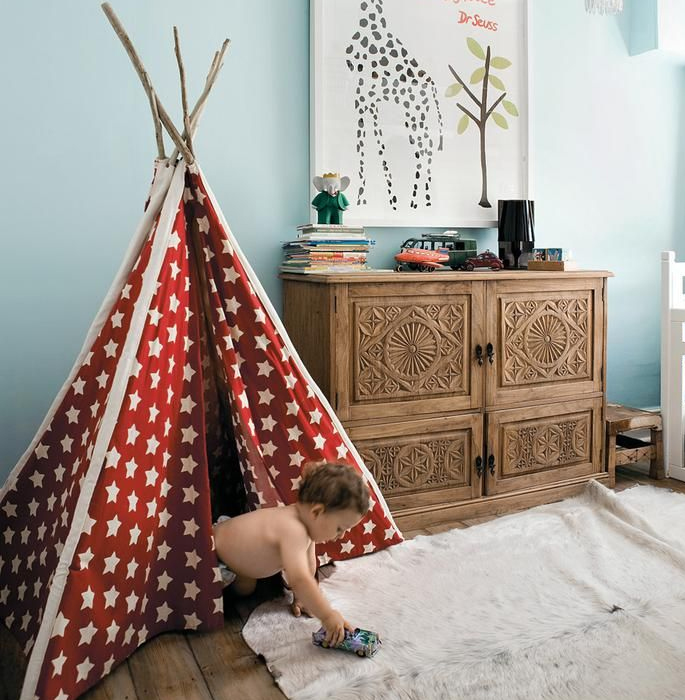
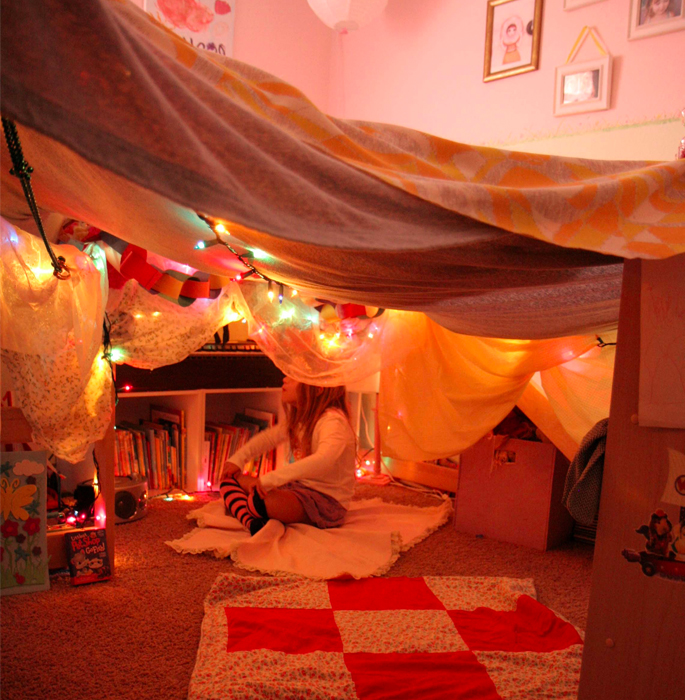
Filling Your Home With Inspiration
I always hear famous musicians saying they were influenced by listening to their parents listening to music. They were influenced by example. Play music through the house. Have music instruments around. Hang up art pieces. It might not be obvious, but your kids are influenced by everything around them. I still remember the art pieces around my home when I was a child.
Think about the arts. There is music, dance, and visual art. Try and infuse your home with inspiration from these areas.
Creativity is really just about mixing things together to create new combinations. If this is the case, then you will want to expose your kids to as much as possible. The more subjects they know about, the more things they can mix together. Teach them about different subjects – boating, knots, cooking, gardening, painting. Let them use and play with different materials and mediums: like charcoal to draw with, or help them make a video, or create a song.
Creating a Home of Creativity
“Give your child permission to be different. Inventive, original kids are often seen as different by other kids. A little wacky, perhaps, or just plain odd. Make it okay for your child to be out of step with the norms of their peer group, to be unique, to see the world through their own glasses. To develop their individuality, they need your support against the pressures of popular culture.”
It is hard to control what happens in school, or when your child is with their friends. The one place you do have control over is your home. Make your home a safe space for your kids to be different, creative, and imaginative. Where they can sing, play, and be how they like. Let your home be a creative haven, an Imagination Space.
I’m planning on writing more posts on creativity and children (one post will be on the crazy amazing imagination spaces parents have built their kids, like the mission control desk with real knobs and switches). If you’d like to be update when these posts come out, follow me on Pinterest or better yet, you can sign up for the creativity newsletter below:
More home ideas for kids:
- Bunk Bed Ideas for an Awesome Kids Room
- Cool Bedroom Ideas for Kids
- Color Schemes: Kids Room Paint Ideas
Image Credits: Alexandre Normand, Jonathan, Federico, Apartment Therapy, Katie Shelton


